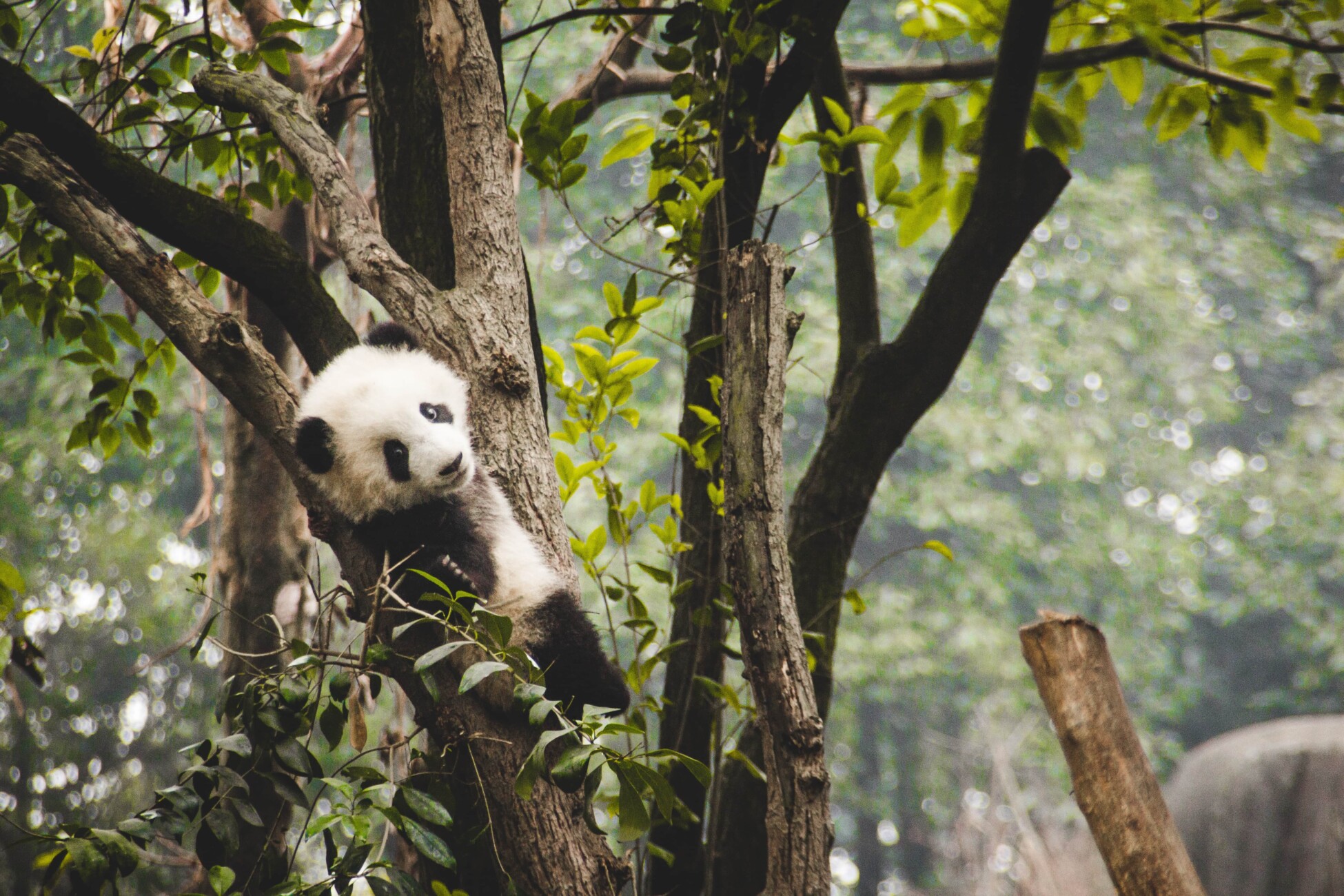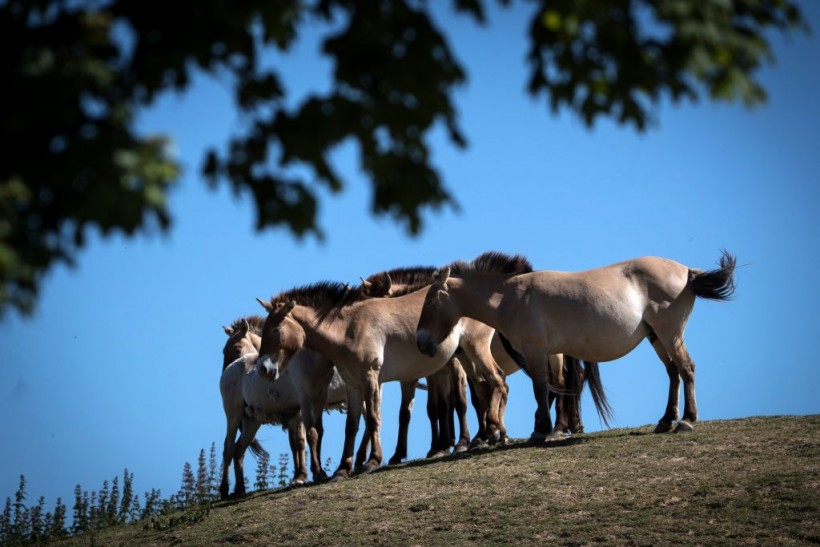
Zoology
Zoology is the scientific study of animals, encompassing topics related to the biology, behaviour, structure, evolution, classification, and distribution of animals.
Zoology is the scientific study of animals, encompassing topics related to the biology,... View more
Przewalski Horses Return to Native Kazakh Habitat After Decades
-
Przewalski Horses Return to Native Kazakh Habitat After Decades
In a significant stride for conservation, the Przewalski’s horse, a species that once roamed the vast expanses of Central Asia, has made a triumphant return to its ancestral home-the Kazakh steppes.
This event marks a pivotal moment in the efforts to reintroduce one of the world’s last breeds of wild horses to their native habitat.
The Journey Home

(Photo : JOEL SAGET/AFP via Getty Images) After a meticulous journey spanning 5,000 kilometers from Prague, three Przewalski’s horses, known as Zorro, Ypsilonka, and Zeta II, have been released into the Golden Steppe nature reserve.
These horses are the vanguard of a group of 40 that are set to be reintroduced to the wilds of Kazakhstan over the next five years.
The project, spearheaded by the Prague and Berlin zoos, aims to preserve this unique species, which shares a common ancestry with modern domestic horses but remains genetically distinct.
The horses’ arrival was not without its challenges. One horse, overwhelmed by the journey, sat down in his container, prompting concerns about his well-being.
However, the careful monitoring by experts ensured their safe arrival.
The horses will initially be under observation before they are left to roam freely in the wild, a testament to the resilience of a species that can withstand the harsh Kazakh winters where temperatures plummet below minus 30 degrees Celsius.
A Symbol of Hope
The reintroduction of the Przewalski’s horses is more than just a conservation effort; it is a symbol of hope for biodiversity and the preservation of our planet’s natural heritage.
The species, first documented by Russian scientist Nikolai Przhevalsky in 1881, faced near extinction in the 1960s and remains listed as endangered.
The Prague Zoo has been instrumental in their survival, having bred the horses since 1932 and maintaining the world genealogy book for the species.
This historic moment is not only a win for the Przewalski’s horses but also for the global community dedicated to protecting our world’s biodiversity.
As these majestic creatures take their first steps back into the wild, they carry with them the aspirations of conservationists worldwide, striving to restore the natural balance and ensure a future where humans and wildlife can coexist harmoniously.
Also Read: Przewalski’s Horse: Wild Horses in Mongolia Saved From Extinction
More about the Przewalski’s horse
Przewalski’s horse, known as the takhi or Mongolian wild horse, is a rare and endangered equine species that stands as the last surviving subspecies of wild horse.
Unlike domestic horses, Przewalski’s horses have 66 chromosomes and are not direct ancestors of the domestic breeds.
They are robust, with a large head, thick neck, and short legs, sporting a dun color with a dark mane.
Originally roaming across Europe and Asia, they faced extinction due to human activities but have been reintroduced to their native habitats in Mongolia and Central Asia.
These horses are not seasonal breeders and can reproduce at any time of the year. They live in groups led by a dominant stallion and are known for their resilience, surviving in harsh environments like the Gobi Desert.
The conservation efforts for Przewalski’s horses are a testament to international collaboration and the commitment to preserving biodiversity and natural heritage.
Their successful reintroduction into the wild symbolizes hope for the future of endangered species and ecological balance.
The reintroduction of the Przewalski’s horses to the Kazakh steppes is a beacon of conservation success, demonstrating the power of international collaboration and the enduring spirit of a species that has overcome the brink of extinction.
As the horses adapt to their new environment, they will continue to be a source of inspiration and a reminder of the importance of preserving our world’s precious ecosystems for generations to come.
Related article: Fossils Of a Horse Carrying Unborn Foal Found In Germany, Study Confirms
© 2024 NatureWorldNews.com All rights reserved. Do not reproduce without permission.
Sorry, there were no replies found.
Log in to reply.
